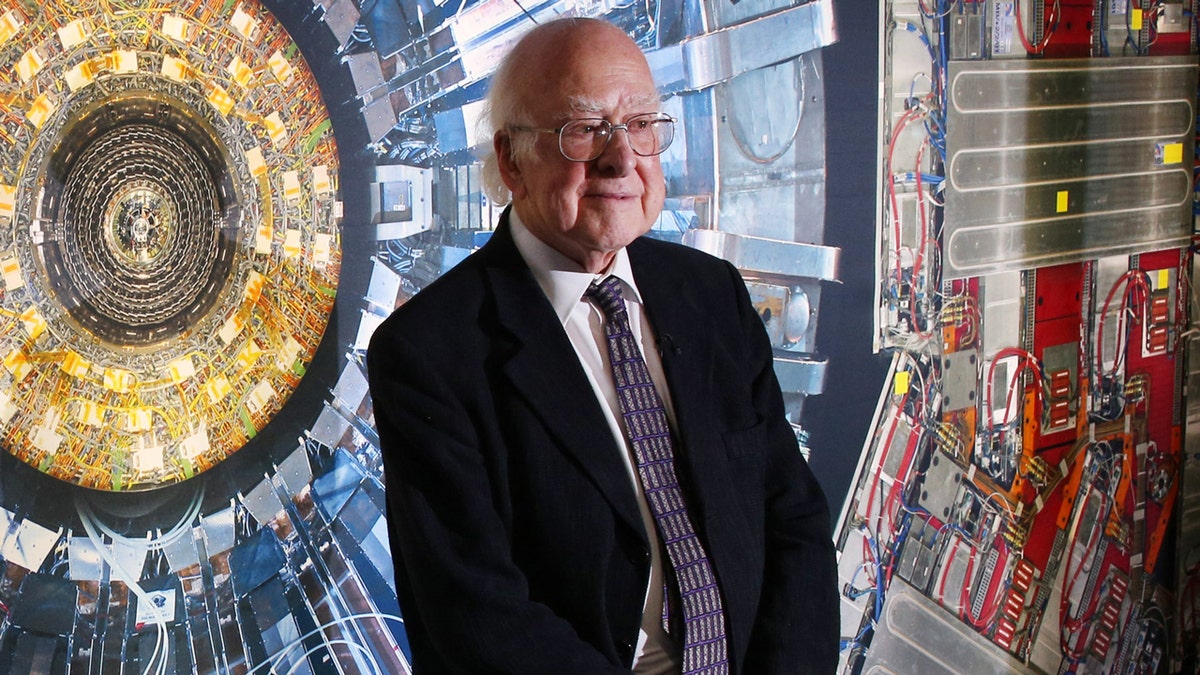Peter Higgs, physicist behind groundbreaking Higgs boson particle prediction, dead at 94

LONDON, ENGLAND – NOVEMBER 12: Professor Peter Higgs stands in front of a photograph of the Large Hadron Collider at the Science Museum’s ‘Collider’ exhibition on November 12, 2013 in London, England. At the exhibition, which opens to the public on November 13, 2013 visitors will see a theatre, video and sound art installation and artefacts from the Large Hadron Collider, providing a behind-the-scenes look at the CERN particle physics laboratory in Geneva. It touches on the discovery of the Higgs boson, or God particle, the realisation of scientist Peter Higgs’ theory. ( (Photo by Peter Macdiarmid/Getty Images))
Higgs’ theory related to how subatomic particles that are the building blocks of matter get their mass. This theoretical understanding is a central part of the so-called Standard Model, which describes the physics of how the world is constructed.
Higgs won the 2013 Nobel Prize in Physics for his work, alongside Francois Englert of Belgium.
Edinburgh University Vice Chancellor Peter Mathieson said Higgs, who was born in the Scottish capital, was “a remarkable individual – a truly gifted scientist whose vision and imagination have enriched our knowledge of the world that surrounds us.”
“His pioneering work has motivated thousands of scientists, and his legacy will continue to inspire many more for generations to come.”
